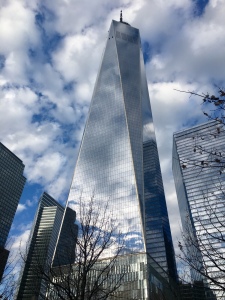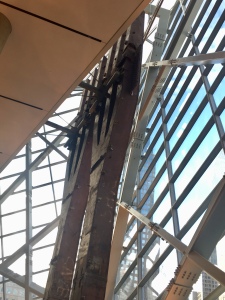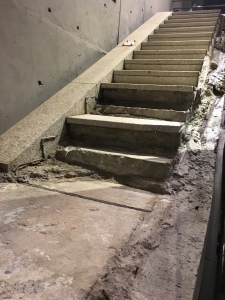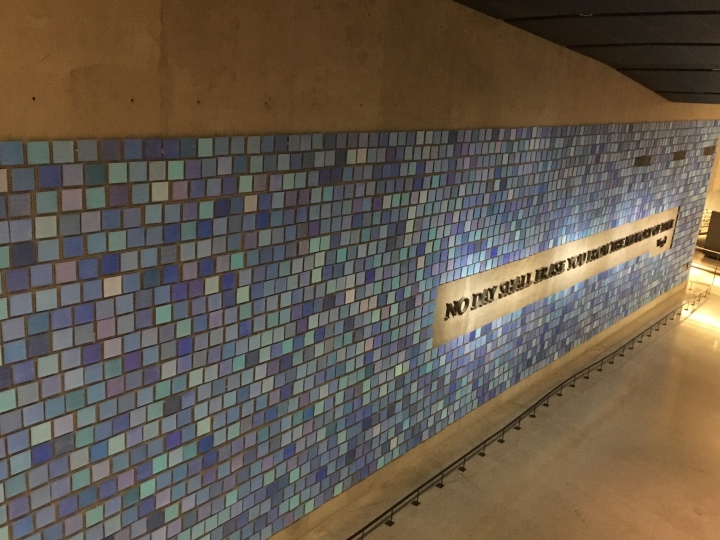I was on a nighttime television shoot in Manila when the planes hit the World Trade Center’s Twin Towers on Sept. 11, 2001. I was working as a producer for a Philippine TV network — my first job out of college — and a friend had texted me the news, commenting that the attacks would precipitate “World War III.”
It wasn’t till I returned to the studios later that evening that I saw images of the catastrophe: smoke spewing out of the North and South towers before the skyscrapers came crumbling down. The videos, transmitted by international news agencies, were played and replayed on multiple screens as producers and editors scrambled to put together news reports for the network’s early-morning program.

Almost two decades later, during a trip to New York City earlier this month, I got a chance to visit Ground Zero.
I knew the 911 Memorial & Museum stood on the site of the downed towers in lower Manhattan, but the exhibition made this fact hauntingly apparent.
One wall of the underground museum was the World Trade Center’s original “slurry wall,” a barrier that prevented water from New York’s Hudson River from filling the hole in which the complex’s foundation was built in the 1960s.
“I was in the basement of the former North Tower,” I realized.
Nearly 3,000 people died in the 9/11 attacks — on the World Trade Center, the Pentagon and a plane that crashed in Pennsylvania before reaching its target — perpetrated by Osama bin Laden’s al-Qaeda terror network.
A mangled piece of steel, hanging in the museum, had apparently been located where the hijacked American Airlines Flight 11 crashed into the North Tower between floors 93 and 99 at 8:46 a.m.

United Airlines Flight 175 hit the South Tower 17 minutes later.

Also on display was a flight of stairs that hundreds of people used to escape the South Tower before it fell at 9:59 a.m., about half an hour before the North Tower collapsed.
A museum hall showed photographs of the fatalities, along with a searchable computer database containing their profiles. A search revealed 17 were from the Philippines.
The attacks happened on a clear, sunny day. An art installation, spanning one wall, depicted the various shades of blue witnesses remembered as the color of the sky that day.
It included a quote from the ancient Roman poet Virgil: “No day shall erase you from the memory of time.”

The words were fashioned from steel recovered from the World Trade Center’s wreckage.




